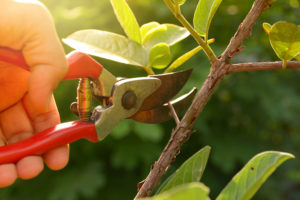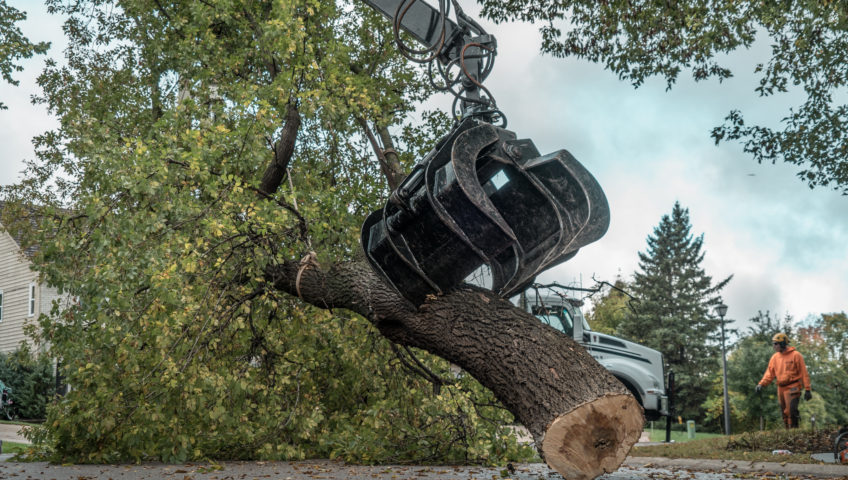Winter is over at last! The snow has melted, the ground has thawed and green has begun to appear in the trees again. As spring begins in Minnesota, many of us are eager to get back out in our gardens and start planting. As much fun as it is to pick out fresh annuals, it’s equally important to preserve the health of your perennials, beginning with your trees.
Winter can place a lot of strain on trees in Minnesota, leaving them more vulnerable to diseases and pests come spring. Fortunately, with some basic spring tree care, you can help your trees stay healthy and resilient for the rest of the year. Keep reading for some vital tree health care tips!
Important Tree Health Care Practices for Spring

- Pruning – When you prune a tree, you can shape its appearance to your liking while also helping to protect it against insects and disease. If a branch is dead, dying, badly damaged or shows any sign of disease, it’s a good idea to prune it in early spring, while the tree is still dormant. Removing a branch inflicts a wound, and doing so in early spring provides plenty of time for healing before fungal diseases and boring insects arrive for the year. The exact time at which trees should be pruned during spring varies by species. Many shade treesshould be pruned right at the start of spring. Meanwhile, some early-blooming trees, such as azaleas, lilacs and magnolias, should be pruned right after they’ve finished blooming.
- Mulching – In case you didn’t know, mulch doesn’t just make your garden beds look nice; it helps your plants in a number of ways. When snow melts, it tends to leave mulch strewn all over the yard with many bare patches created in your garden beds. In spring, it’s important to replace the mulch in your garden beds before you begin watering your trees and other plants. Mulch shields the soil beneath against sunlight and heat, keeping the soil moist so that trees have sufficient time to absorb the water and nutrients that they need to grow strong. Other benefits provided by mulch include increased soil nutrition, prevention of soil erosion, reduction of weed growth and protection from root freezing when next winter arrives.
- Watering – If you plant new trees in spring, it’s vital to water them every day for at least two weeks to help them take root in your garden or lawn. Once a tree has developed a good enough root system to sustain itself, you can cut back to watering every one to two weeks throughout spring and summer. After a tree is two years old, it should be able to sustain itself without your help most of the time, though you may still need to water in the event of a drought. Watering your trees regularly in spring is a good way to keep them healthy so they aren’t vulnerable to pest infestation and disease outbreaks.
- Fertilizing – To help your trees grow back healthy after winter, you may need to apply fertilizer in spring. May is the best month to fertilize your trees but you should first conduct a soil test to see if fertilization is necessary. If your test shows a deficiency of key nutrients such as iron, magnesium and nitrogen, you should fertilize your trees to ensure healthy growth. However, if you already have sufficient levels of these nutrients, adding fertilizer can be detrimental to the health of your trees, which is why a preliminary soil test is so important.
- Disease & Pest Prevention – Unfortunately, once spring starts, tree-boring insects and fungal diseases become a threat to your trees again. Emerald ash borers begin emerging in May, which is why it’s vital to apply insecticide treatments early in spring. Many fungal diseases like oak wilt, diplodia blight and apple scab also begin to emerge between April and June, so you should treat your trees with fungicides toward the start of spring before these diseases have the opportunity to spread.
Professional Tree Health Care in the Twin Cities
Performing basic tree health care in spring is the best way to keep your trees healthy and protected all year long. If you’d like expert help with tree health care in the Twin Cities metro, we encourage you to reach out to a local team of tree health technicians. Contact Pro-Tree Outdoor Services today for any tree health care services you need in the greater Minneapolis-St. Paul area!


Write a Comment